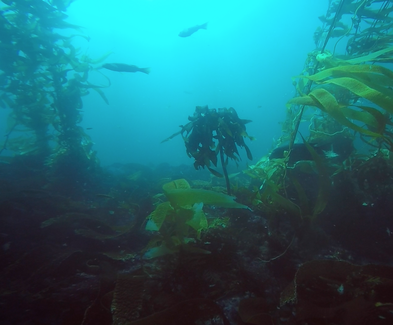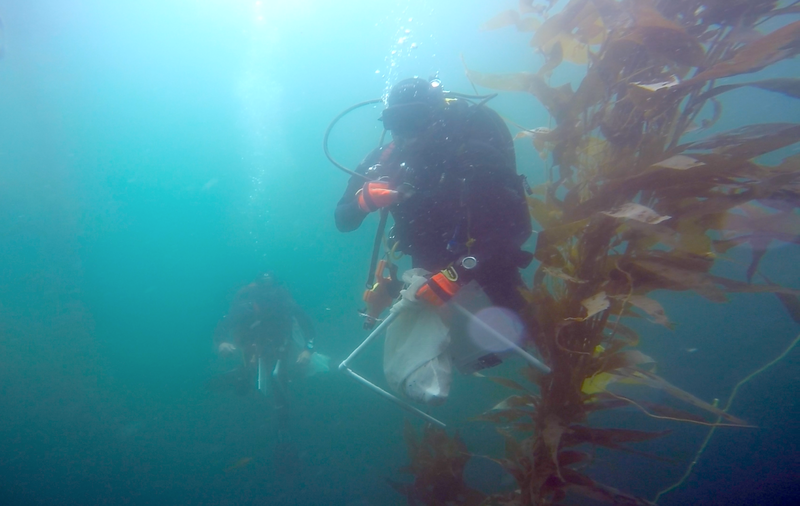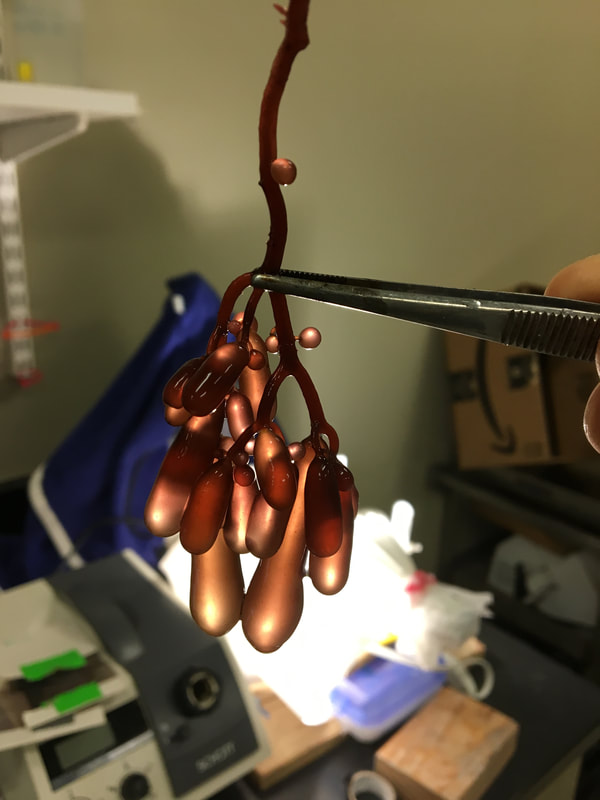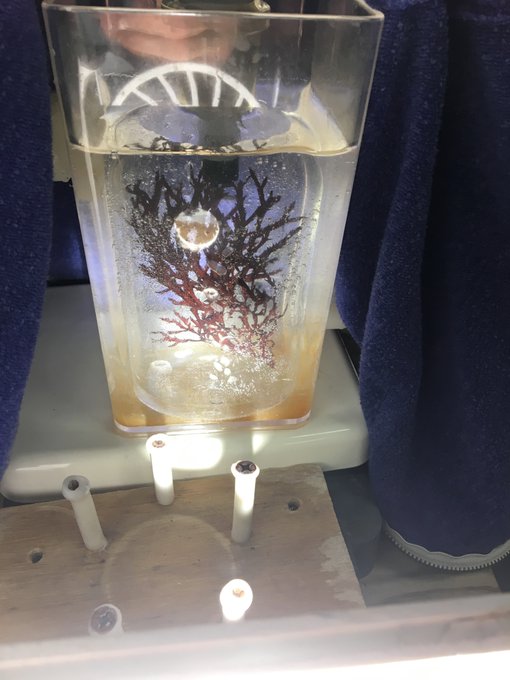 Ecklonia arborea (southern sea palm) dances between giant kelp (Macrocystis pyrifera) and above Laminaria farlowii (oarweed) Ecklonia arborea (southern sea palm) dances between giant kelp (Macrocystis pyrifera) and above Laminaria farlowii (oarweed) Recently I reached a major milestone, a first author publication. The importance of authorship on any paper is supposed to validate hard work, among other things. I would argue that hard work and authorship are not always correlated. But still, this often kickstarts one's career. What is education or training without experience? I must admit, I was rather cynical about the writing process, but I still count this is a major victory. I'm excited to share something I've been working on for the last several years. I'm also excited to see where this can possible take me, but that's still TBD. This publication (Species specific biomass drives macroalgal benthic primary production on temperate rocky reefs) was published in the open source journal Algae in September 2020. Which means you can access it for here for free: DOI (Direct Object Identifier). Or simply click on the download button below (hint: open in a new tab).
tl;dr in a kelp forest, big algae are more abundant over all, and produce more oxygen
Synopsis: In short, we wanted to try and understand how much oxygen large algae produce. "Macroalgae" is a broad term, encompassing almost every alga you can see with the naked eye, from the giant kelp (Macrocystis pyrifera) to spindly strands of filaments. A lot of work has been done to understand processes in and related to giant kelp, and other "canopy forming" species (e.g. bull kelp). But few studies have gone deeper into the kelp forest to study the algae that live closer to the benthos (on the bottom). First, in three kelp forests (Monterey, San Diego, Campo Kennedy) we identified the macroalgae that made up the majority of the biomass (i.e. the total mass) in a given area. We then counted and weighed a subset of these algae, and brought them back to the laboratory to conduct an experiment to test photosynthesis vs. irradiance. In other words, how much oxygen is produced at different light levels. Interesting, we found that certain types of macroalgae are more productive than others (they produce more oxygen overall), and that often these macroalgae make up the majority of the biomass. While we weren't necessarily expecting these results, in hindsight this is actually pretty exciting. Kelp forests are not all that different from forests on land after all; just like shorter trees and shrubs on land, macroalgae are both refuges and hunting grounds for many organisms. Regardless of productivity, macroalgae serve important rolls in kelp forests, and without them our world would look very different. In summary, algae are always interesting. I have a whole host of people to thank, all of which are acknowledgement section of the paper. Science is meant to be collaborative, and there's no way I could have done it alone. Thank you to everyone who helped me along the way, in and out of the water. This is for you as much as me. Most of the the code I used for the analysis and figures can be found in this Github repository. Please don't hesitate to reach out if you have any questions, comments, concerns, or access issues! Phycyeah , Baron von Urchin
0 Comments
|
AuthorPike Spector is currently a Research Operations Specialist with Channel Islands National Marine Sanctuary Archives
August 2022
Categories |
||||||




 RSS Feed
RSS Feed
